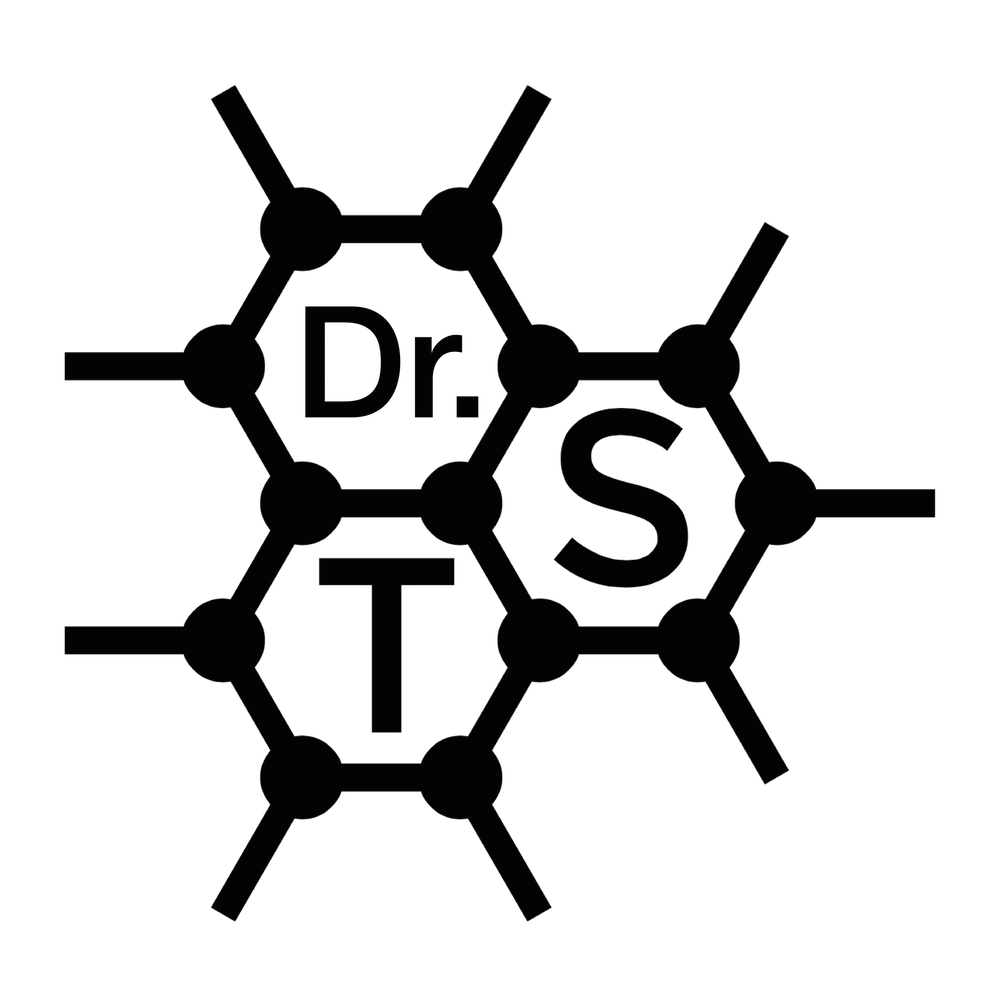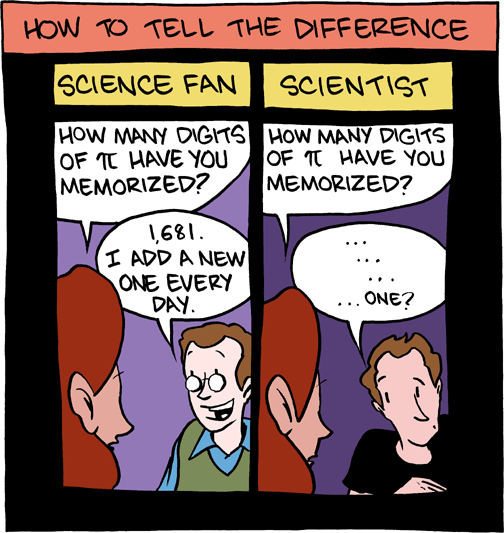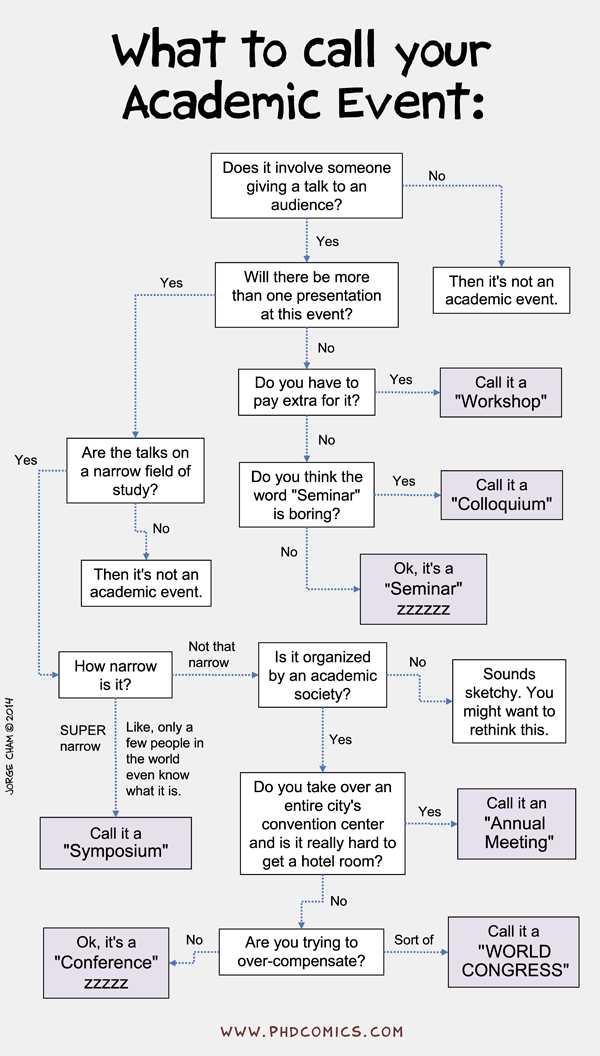I have a new article just out, published as a Rapid Communication in Physical Review B. The work is a computational study co-authored with Duncan Mowbray and Mathias Ljungberg from San Sebastian, Spain, and Paola Ayala from Vienna.
As described in the post about my recent review article, X-ray photoelectron spectroscopy is an extremely useful tool for studying the composition of nanomaterials. However, to correlate measurements to actual atomic structures, we need to know their binding energies. In this work, we systematically calculate the core level binding energy of graphene using two different methods, as described in the abstract:
X-ray photoelectron spectroscopy combined with first-principles modeling is a powerful tool for determining the chemical composition and electronic structure of novel materials. Of these, graphene is an especially important model system for understanding the properties of other carbon nanomaterials. Here, we calculate the carbon 1s core level binding energy of pristine graphene using two methods based on density functional theory total energy differences: a calculation with an explicit core-hole, and an all-electron extension of the delta self-consistent field (ΔSCF) method. We study systematically their convergence and computational workload, and the dependence of the energies on the chosen exchange-correlation functional. The ΔSCF method is computationally more expensive, but gives consistently higher C 1s energies. Although there is a significant functional dependence, the binding energy calculated using the PBE functional is found to be remarkably close to what has been measured for graphite.
You can find the article on the PRB website, or in manuscript form on arXiv.











